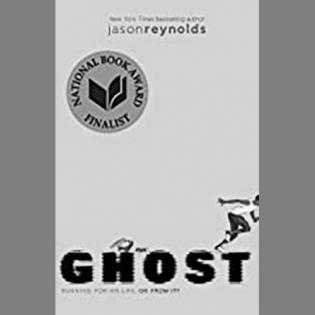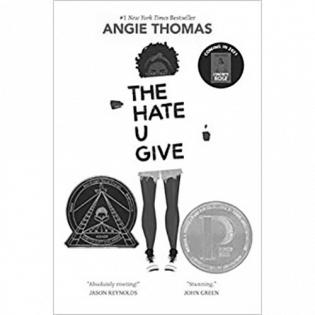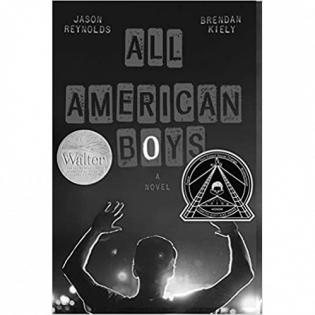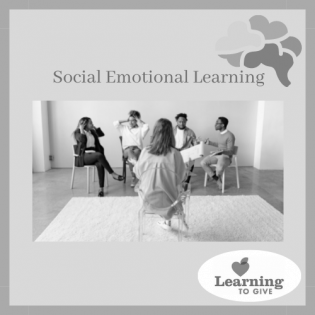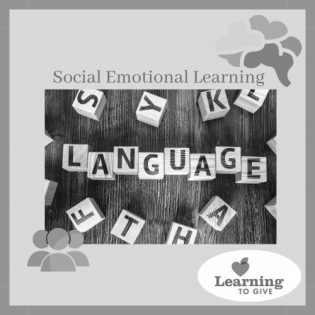Castle Crenshaw (Ghost) and four friends learn to navigate their lives and the differences among them.
Filter by subjects:
Filter by grades:
Filter by audience:
Filter by issue area:
Filter by content type:
Filter by resource type:
resource search
Josh and Jordan Bell are brothers on the court and off the court. The boys navigate life as student athletes, while also learning how to overcome obstacles without letting those obstacles ruin their relationship.
Have you ever had to find your voice? In this story, Starr witnesses police brutality that is racially motivated and struggles to find the right way to speak up.
Written by two award-winning authors, "All American Boys" shares the alternating voices of two students, one black and one white, after Rashad was beaten by a police officer and Quinn saw it happen.
Participants learn about different types of foundations and how they work toward improving the common good.
In this story, Charles Dickens tackles the meaning of Christmas and the impact of greed on the individual and on the community. Originally published in 1843, "A Christmas Carol" has remained popular throughout the years.
This activity prompts young people to think and speak critically with their peers about a real-world topic. They consider how the topic applies to them and how it might impact others. During this activity, youth share their opinions, debate their positions, and sometimes even change sides as their opinions shift to accommodate new information or other viewpoints. This activity introduces young people to the concepts of bias and stereotypes by discussing how the judgments we make can be very damaging.
Language holds the power to unite or divide us, and we may unknowingly use language that excludes or offends our listeners. The language used at home, on TV, in Music, and in the Media often contains insensitive or divisive language with the potential to offend. Youth can identify and make an effort to use more inclusive language instead. By managing their own language, youth can serve as models for their peers and others in their community.
Young people identify examples of philanthropy in a classic piece of literature. Note: One handout has Biblical applications of the storyline.
This lesson describes a psychological awareness of the connection between racism and self-betrayal and self-deception. When we recognize that going against our best judgment leads to self-betrayal, it can help us act with integrity in many situations.
